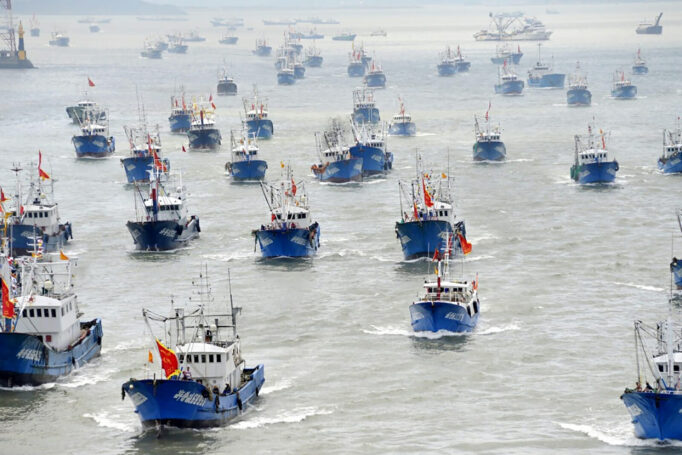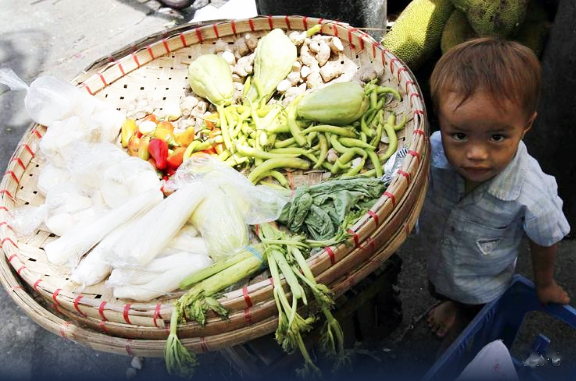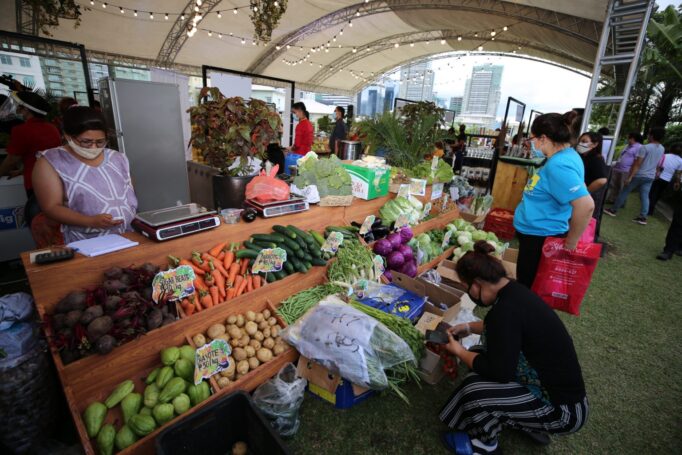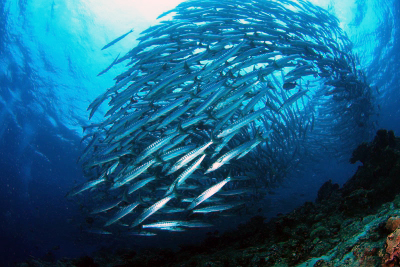Food security, according to the UN Food and Agriculture Organization (FAO), is “ensuring that all people at all times have both physical and economic access to the basic food that they need.” The UN Committee on World Food Security (CFS) further qualifies food security to mean “people having at all times physical, social, economic access to sufficient, safe and nutritious food that meet their food preference and dietary needs for an active and healthy life.”
The importance of food security is enshrined in the 1948 UN Declaration of Human Rights (Article 25-1): “everyone has the right to a standard of living adequate for the health and well-being of himself and his family including food, clothing, housing…” This was re-echoed in the 1996 Rome Declaration on World Food Security and the International Covenant of Economic, Social and Cultural Rights. Relatedly, the International Convention on the Rights of the Child (Article 27) provides: “the right of every child to a standard of living adequate for the child’s physical, mental, spiritual, moral and social development.” In addition, the UN includes in its Sustainable Development Goals the twin objectives of “ensuring access to safe, nutritious and sufficient food” (Target 2.1) and “eradicating all forms of malnutrition” (Target 2.2).
Food security has 4 pillars: availability, access, utilization, and stability. Food availability refers to the production of sufficient quantities of quality food. Access involves adequate resources –economic (income, expenditure and buying capacity) and physical (infrastructure and facilities to access food) for acquiring appropriate food for nutritious diet. Food utilization entails proper biological use of food to reach a state of nutritional well-being through adequate diet, clean water, sanitation and health care. Stability, or sustainability, means the ability to obtain food over time. In each of these pillars lies some issues that vary in every nation.
On the issue of food availability, The State of Food Security and Nutrition in the World 2019 Report reveals that globally 820 million people or 11% of the world population, were hungry in 2015. Exacerbating the situation are climate change, environmental degradation, conflict, pests and diseases, economic downturns unhealthy diets, and other health crises like COVID-19. In 2020, one in three people (2.37 billion) did not have access to adequate food, an increase of 324 million in a year. About 12% of the global population (928 million) is severely food insecure, 148 million more than the previous year. Yet, 30% of the world food production goes to waste. Climate change, especially the increase in temperature, would certainly affect production unless viable alternatives are explored and all nations will comply with the Paris Accord to reduce carbon dioxide emissions into the atmosphere.
In the Philippines, the contribution of agriculture, fishery and forestry sector to strengthen food security steadily declined from 12.7% in 2010 to 10.2% in 2020 of GDP. The fishery sub-sector, 16.1% of total agricultural production estimated to contribute 1.1% to GDP, registered a 1.3% reduction from 2019 figures. Of the total fishery production (16.1% of total agriculture output) about 22% comes from commercial fishing that go beyond the 15 kilometer municipal waters. About 7% of fish produce comes from the West Philippine Sea but only 44% of that is reaped through commercial operations, according to BFAR National Director Eduardo Gongona. This infers that while the country’s share in the entire South China Sea fishery resources is barely 1%-2%, the Philippines’ exclusive economic zone (EEZ) claim comprises of about 25% of the total sea area. The miniscule portion of catch can be attributed to many factors including depleted quantity of fishery resources, lack of fishing boats, weather variability, lack of fishery enforcement vessels, the large number of poachers, and occasional harassment by Chinese government and para-military vessels.

On the other hand, fishery products from municipal fishing and aquaculture continue to provide the country’s fishery needs augmented by some importation. With the new acquisition of patrol vessels and aircraft, the nation’s fishery resources in the 2.2 million square kilometers of EEZ, including the West Philippine Sea, would be preserved and protected for the future generations and assure food availability within the maritime zones. With improved fishery patrol capability transforming, some overlapping portions in the disputed area in the Spratlys to have joint fishery protected grounds could become a reality.

Access to food sources largely depends on both economic and physical considerations. The pandemic is a retarder of generating wealth and spending trends. However, with the government’s “build, build, build” strategy and similar actions, many infrastructures, facilities and spin-off industries would create more jobs. In turn, more disposable income would trigger economic activities including better food preferences. To increase fishing catch, the government must give incentives to private fishing enterprises and shipbuilding companies to invest in building, operating and maintaining oceangoing fishing vessels. The extent and size of the EEZ require sturdy and seaworthy fishing boats especially in the eastern seaboard.
Food utilization involves making good use of the accessed food by sufficient diet, potable water, sanitation and health care to enable the human body to ingest and metabolize food. One of the most important aspects in utilizing food is from the conception stage up to the 2nd year of a child. Many researches indicate that in 2019, 30% of children under 5 years old are stunted (linear growth failure) while around 8% are wasted (weight for height is below 2 standard deviation) in the Philippines. These studies found that children unable to achieve optimum growth within 1,000 days from conception are exposed to high risk of cognitive development with detrimental effects on academic performance and employment opportunities in later life. The World Bank 2020 Systematic Country Diagnostic Report (Philippines) reveals that from 2000-2015, the stunting rate did not change significantly despite improvement in health and economic standards making the country among the ten in highest number of stunted children worldwide. Stunting, both physical and cognitive, is associated with suboptimal pre-natal condition and inadequate food.

Interestingly, the recent World Bank report on the 2018 Program for International Student Assessment (PISA) involved children born in 2003 when the stunting rate was around 35%. In this report, participating Filipino 15-year-old students ranked last in the reading test, and second to the last in science and mathematics exams, out of 79 countries. Some of the findings include: large number of students do not meet the minimum learning standards, richer students performed better than the poorer ones, lack of proper nutrition and support at home, not enough investment on education (UN, 4% of GDP; PH, 3.2%), high achievers do not go to teaching jobs, no growth mindsets (World, 63%; PH, 31%) and socioeconomically disadvantaged children have the largest learning deficits. Many years ago, I listened to a lecture on the subject of Humanities where the speaker presented some studies that in assessing a nation’s status one must look into its political, economic, religious, social, intellectual and artistic aspects. This World Bank’s PISA report should serve as a wake-up call to enhance the intellectual ability of our children, the hope of the motherland.
Food stability assures continued availability of food for the population. Farmlands and sea spaces must be managed properly to avoid environmental degradation and depletion of stocks. Diversification of produce and monitoring of vulnerabilities of food security, including peace and order along the transport route, should be vigorously pursued in coordination with both public agencies and private sectors.

In sum, food security should be treated in the context of national security as demonstrated by the fall of governments in Haiti and Madagascar in 2007, and the start of the Arab Spring in 2010 caused by food prices and grievances, the so-called “mackerel war” between Norway, European Union and Iceland in 2007, and most recently the maritime conflict in South China Sea. As an archipelagic nation, food security should exploit its fishing and maritime resource potential. There is a need for an integrated approach to maritime-based economic growth, nutrition, and food system resilience.
